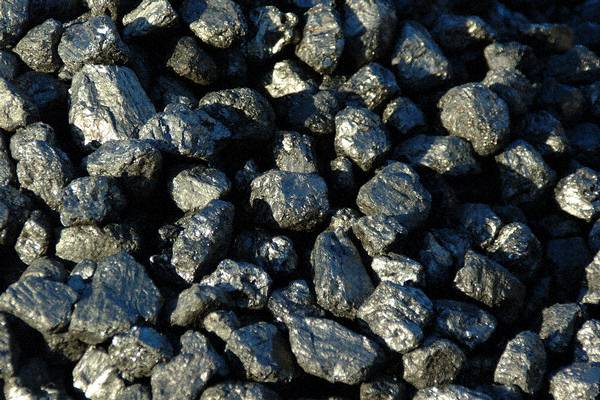1. B.C. has been mining coal since the 19th century.

2. The Hudsons Bay Company began mining coal in the 1840s to power their steamers.
3. There are 10 mines in operation around the province, in three separate regions.
4. The five mines in southeast B.C. produce mainly metallurgical coal, along with the four in northeast B.C. The mine on Vancouver Island produces thermal coal.
5. Metallurgical coal is used mainly as a fuel and as a reducing agent in smelting iron ore.
6. Thermal coal is also known as steam coal and is mainly used in power generation.
7. B.C. is home to more than 800 mining companies.
8. Most of the coal produced in British Columbia is sent to Asian countries, including Japan, China, South Korea and India. It is also shipped to countries Europe and other parts of North and South America.
9. In the province, coal is concentrated in the foothills of the Rocky Mountains, northeast of the Peace River Region, and southeast in the Kootenays, while also being found on the east coast of Vancouver Island.
10. As applications for new mines are put in around the province, many local residents have showed resistance to the project, saying they fear the environmental effects of the mine’s runoff.
11. Sparwood is a town built around coal mining – 4,000 are employed in the industry there.
- B.C. Conservative leader pledges not to ‘reopen the abortion debate’
- Canfor to shutter B.C. sawmill, curtail Prince George pulp mill
- A look inside the now-sidelined ‘floatel’ meant to house LNG workers near Squamish
- South Surrey restaurant forced to close after suspicious fire, more criminal acts reported
12. About 12 trains a day come day go through town and residents have expressed concern about dust coming off the trains. There is a sealant put on the coal trains that has reduced the dust in the air, and Sparwood Mayor Lois Halko says in her experience as they leave the mine in Sparwood, she does not see dust coming off the trains at all.
13. At Delta Ports in Vancouver, between 80,000 and 90,000 tons of coal a day is received to ship. They deal with 33 million tonnes of coal a year and are at operating capacity.
14. Mines have to undergo an environmental assessment, but those have been called into question in the past after the Environmental Assessment Office was accused of approving projects without doing a full environmental check.
15. There are no coal export terminals in the western United States. The closest to the coast are Wyoming and Montana.
16. In B.C. there are more than 26,000 jobs related to the coal industry, including mining, transportation, and shipping.
17. British Columbia was one of the first areas in Canada to enact mine reclamation legislations, meaning restoring the land that has been mined to a state where it can be used again, or to a natural state. Companies also have to post a reclamation security bond with the Ministry of Natural Resource Operations prior to work so that reclamation occurs without any cost to taxpayers.
18. According to the BC Government, since the late 1960’s about 45,412 hectares has been disturbed by major metal and coal mines. About 19,422 hectares has been reclaimed.
19. In 2012, gross mining revenues for the mining industry were $9.2 billion.
Sources – Port Metro Vancouver, Mining.bc.ca, empr.gov.bc.ca, trcr.bc.ca, miningassociationbc.com




Comments